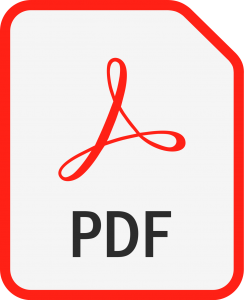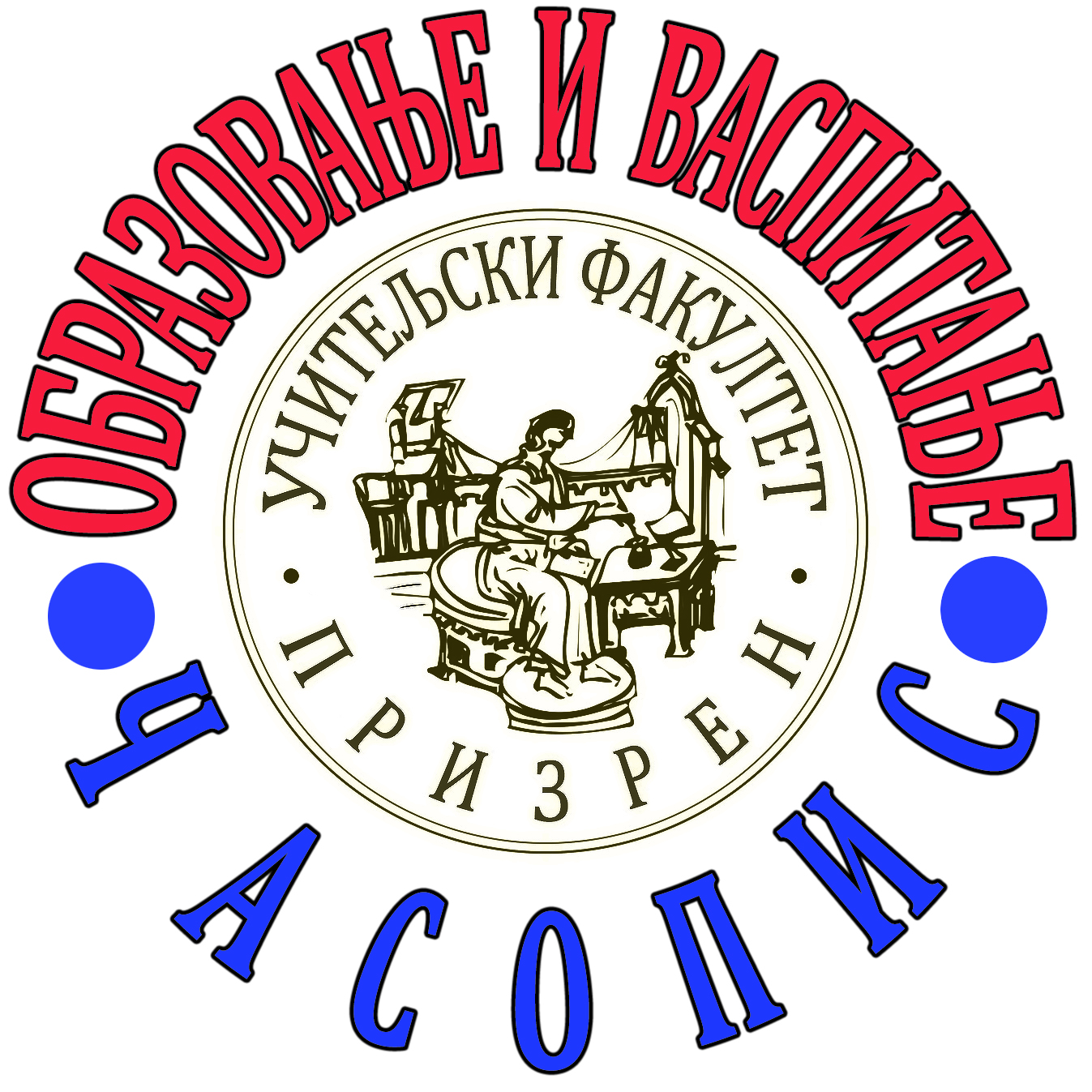INCLUSION IN EDUCATION AND HEARING IMPAIRMENT
Bojana Z. VUKOVIĆ[1] University of East Sarajevo, Faculty of Medicine Foča, Foča, Republic of Srpska, Bosnia and Herzegovina
Ivana D. RISTIĆ[2] Univeristy of Priština in KosovskaMitrovica, Teacher Education Faculty, Leposavic, Serbia
Slađana V. ĆALASAN[3] University of East Sarajevo, Faculty of Medicine Foča, Foča, Republic of Srpska, Bosnia and Herzegovina
[1] https://orcid.org/0000-0002-0653-3962, e-mail: bvukovic75@yahoo.com
[2] https://orcid.org/0000-0002-7780-4504
[3] https://orcid.org/0009-0001-1144-0496
Summary
Throughout history, the education of those who are deaf or hard of hearing has undergone significant changes. In recent times, there is an increasing shift towards inclusive education, emphasizing equal opportunities and tailored support for deaf students. This paper provides a bibliometric analysis of the literature on inclusion in deaf education, identifying key trends and areas for further research. The Dimensions database was chosen and data were analyzed using the VOSviewer software tool. Four clusters of most co-occurring word were found. The largest is the green cluster, where the most frequently repeated words are „deaf student,“ „language,“ „bilingual education,“ and „perspective.“ In the blue cluster, the most prominent nodes are the words „deaf,“ „sign language,“ „interview,“ „class,“ and „literature.“ In the red cluster, the most common words are „disability,“ „community,“ and „university.“ The yellow cluster is the smallest and consists of only a few words, where the most common ones are „family,“ „professional,“ and „age.“ Researchers should conduct more studies on how technology can be incorporated into inclusive education for deaf students. It is crucial to focus on creating innovative assistive devices that can improve these students’ access to information and their ability to communicate effectively. Future researchers should continue to work in collaboration with individuals with hearing impairment to ensure that their experiences, needs, and perspectives are central to research and development of inclusive practices in education.
Key words: inclusion, hearing impairment, VOSviewer.
Reference
| Antia, S. D., Stinson, M. S., &Gaustad, M. G. (2002). Developing membership in the education of deaf and hard-of-hearing students in inclusive settings. Journal of deaf studies and deaf education, 7(3), 214-229.
Brennan, M. (2003). Deafness, disability and inclusion: The gap between rhetoric and practice. Policy Futures in Education, 1(4), 668-685. https://doi.org/10.2304/pfie.2003.1.4.5 Elizabeth Levesque & Jill Duncan (2024) Inclusive education for deaf students: Pass or fail, Deafness & Education International, 26:2, 125-126. https://doi.org/10.1080/14643154.2024.2341573 Eriks-Brophy, A., & Whittingham, J. (2013). Teachers’ Perceptions of the Inclusion of Children With Hearing Loss in General Education Settings. American Annals of the Deaf, 158(1), 63–97. http://www.jstor.org/stable/26234870 Hopper, M. J. (2011). Positioned as bystanders: Deaf students experiences and perceptions of informal learning phenomenon (Unpublished doctoral dissertation). University of Rochester, Rochester New York. Lampropoulou, V., &Hadjikakou, K. (2010). An examination of the history of deaf education in Greece and in Cyprus: Determining factors for its development. L1 – Educational Studies in Language and Literature, 10(1), 41-56. https://doi.org/10.17239/L1ESLL-2010.10.01.07 Leigh, I. (1999). Inclusive education and personal development. Journal of deaf studies and deaf education, 4(3), 236-245. Lieberman, L. J., Dunn, J. M., Van der Mars, H., & McCubbin, J. (2000). Peer tutors’ effects on activity levels of deaf students in inclusive elementary physical education. Adapted Physical Activity Quarterly, 17(1), 20-39. https://doi.org/10.1123/apaq.17.1.20 Love, H. R., & Horn, E. (2021). Definition, Context, Quality: Current Issues in Research Examining High-Quality Inclusive Education. Topics in Early Childhood Special Education, 40(4), 204-216. https://doi.org/10.1177/0271121419846342 Odom, S. L., Buysse, V., &Soukakou, E. (2011). Inclusion for young children with disabilities: A quarter century of research perspectives. Journal of Early Intervention, 33, 344–356. https://doi.org/10.1177/1053815111430094 Padden, C.A., & Humphries, T. (2005). Inside Deaf Culture. Harvard University Press. Plutecka K. (2020). From special education to inclusive education: Changes in the learning process of deaf pupils, “Elementary Education in Theory and Practice,”vol. 15, no. 3(57), pp. 35-48. https://doi.org/10.35765/eetp.2020.1557.03 Powers, S. (2002). From concepts to practice in Deaf Education: A United Kingdom perspective on inclusion. Journal of Deaf Studies and Deaf Education, 7(3), 230-243. https://doi.org/10.1093/deafed/7.3.230 Schwab, S., Wimberger, T., & Mamas, C. (2019). Fostering social participation in inclusive classrooms of students who are Deaf. International Journal of Disability, Development and Education, 66(3), 325-342. https://psycnet.apa.org/doi/10.1080/1034912X.2018.1562158 Xie, Y. H., Potměšil, M., & Peters, B. (2014). Children who are deaf or hard of hearing in inclusive educational settings: A literature review on interactions with peers. Journal of deaf studies and deaf education, 19(4), 423-437. Young, A., Jones, D., Starmer C. & Sutherland, H. (2005). Issues and Dilemmas in the Production of Standard Information for Parents of Young Deaf Children — Parents’ Views, Deafness & Education International, 7(2), 63-76. https://doi.org/10.1179/146431505790560400 |
